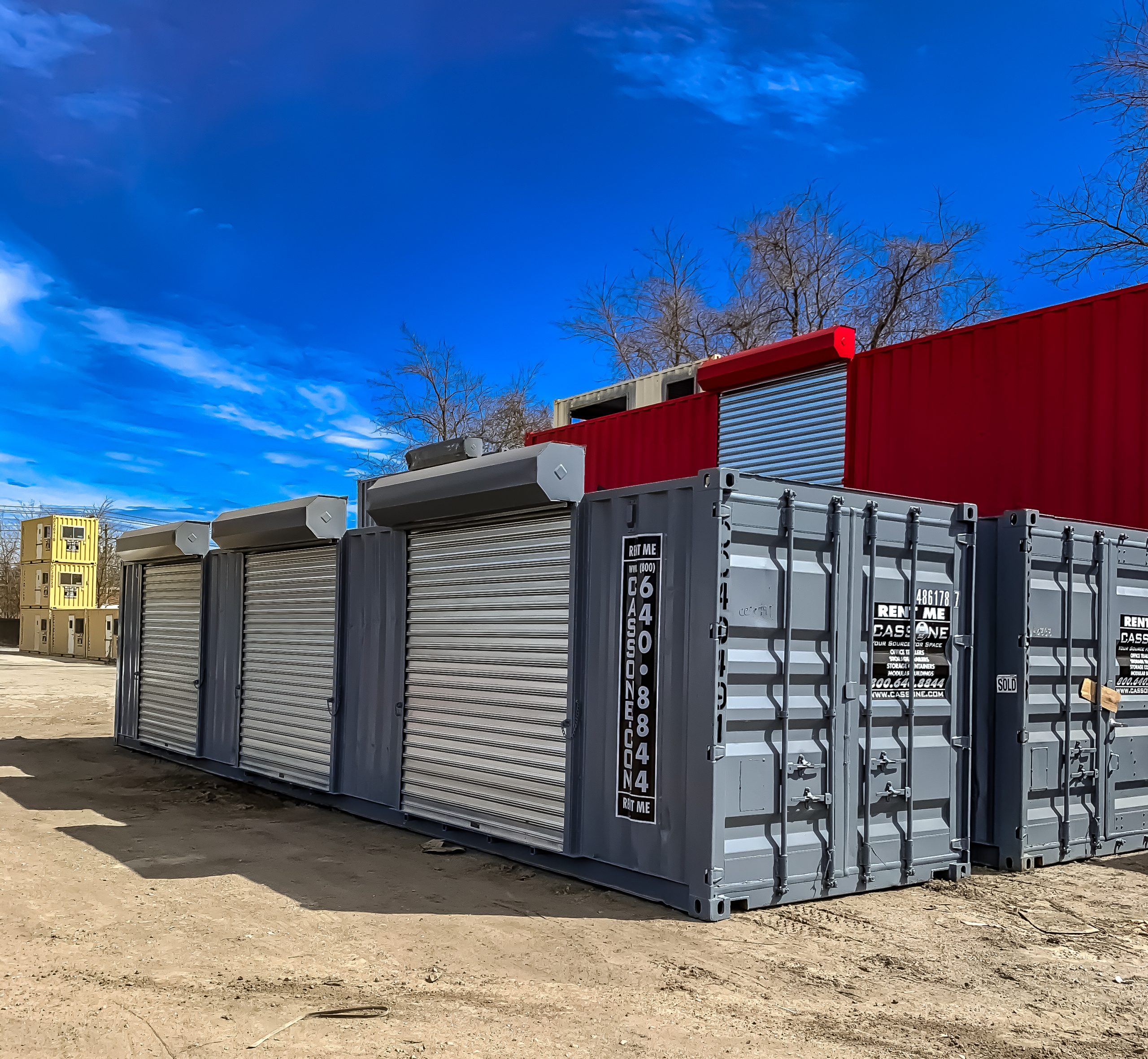 www.freeimages.com ```html
www.freeimages.com ```html Introduction: Building a Tuff Shed Foundation Want to build a solid foundation for your Tuff Shed using galvanized steel? This step-by-step guide will walk you through the process, ensuring a level and durable base for your shed. A proper foundation is crucial for the longevity and stability of your Tuff Shed, preventing issues like warping, sinking, and door malfunctions.
Step 1: Planning and Preparation Site Selection: Choose a location that is level and has good drainage. Avoid areas prone to flooding or excessive moisture. Permits: Check with your local building codes to determine if a permit is required for your shed and its foundation. Materials: Gather the necessary materials, including galvanized steel tubing (size and quantity depending on your shed size), gravel base, leveling sand, landscape fabric, measuring tape, level, tamper, safety glasses, work gloves, and a shovel.
Step 2: Site Excavation and Preparation Mark the Area: Mark the perimeter of your shed's footprint, adding a few inches extra on each side for the foundation. Excavate: Dig down approximately 4-6 inches within the marked area. Ensure the excavation is level. Landscape Fabric: Lay landscape fabric over the excavated area to prevent weed growth.
Step 3: Gravel Base Installation Gravel Layer: Pour a layer of gravel (approximately 3-4 inches thick) over the landscape fabric. Compact the Gravel: Use a tamper to compact the gravel base thoroughly. This will provide a stable and well-draining sub-base. Check for Level: Ensure the gravel base is level using a level and adjust as needed.
Step 4: Steel Frame Construction Cut the Steel: Measure and cut the galvanized steel tubing to the required lengths, forming the perimeter of your shed foundation. Make sure the corners are square. Assemble the Frame: Assemble the steel frame on top of the compacted gravel base. Use appropriate connectors (like corner brackets and screws) to securely join the steel pieces. Internal Supports: Add internal steel supports as needed, depending on the size and weight requirements of your shed. Space them evenly within the frame.
Step 5: Leveling and Adjustment Level the Frame: Use a level to ensure the steel frame is perfectly level. Place shims under the steel tubing as needed to achieve levelness. Secure the Frame: Once level, consider securing the steel frame to the ground. This can be done using ground anchors or stakes driven through the steel tubing into the ground.
Step 6: Sand Layer and Final Leveling Sand Layer: Pour a layer of leveling sand inside the steel frame. Leveling: Use a straight edge and level to carefully level the sand layer. This provides a perfectly flat surface for your shed's floor. Compact the Sand: Gently compact the sand to create a stable surface.
Step 7: Shed Placement Placement: Carefully place your Tuff Shed onto the prepared foundation. Secure the Shed: Follow the Tuff Shed's instructions for securing the shed to the foundation. This might involve bolting the shed's floor to the steel frame.
Conclusion: A Solid Foundation Congratulations! You have successfully built a galvanized steel foundation for your Tuff Shed. This foundation will provide a stable, level, and durable base, ensuring the longevity and functionality of your shed for years to come. Remember to regularly inspect your foundation for any signs of settling or damage and address any issues promptly.
``` Beige Textured Rock Fragment Free Stock Photo
 www.freeimages.com
www.freeimages.com Mineralatlas Lexikon
 www.mineralienatlas.de
www.mineralienatlas.de Tuff
 geology.com
geology.com ![The 14 best storage units in toronto [2022]](https://i0.wp.com/torontoblogs.ca/wp-content/uploads/2022/04/surface-image-cart-with-cardboard-boxes-empty-hall-self-storage-facility-copy-space.jpg) torontoblogs.ca
torontoblogs.ca  barbaraiweins.com
barbaraiweins.com  www.cassone.com
www.cassone.com  adviceguru.com
adviceguru.com  yellowheadstorage.ca
yellowheadstorage.ca  publicstoragecanada.com
publicstoragecanada.com  wallpaperaccess.com
wallpaperaccess.com  wallpaperaccess.com
wallpaperaccess.com  wallpaperaccess.com
wallpaperaccess.com  facts.net ```html
facts.net ```html  www.flickriver.com
www.flickriver.com  www.alamy.com
www.alamy.com  www.gazebocreations.com ```html
www.gazebocreations.com ```html  www.gazebocreations.com
www.gazebocreations.com  cedarshed.com
cedarshed.com  www.secrets-of-shed-building.com ```html
www.secrets-of-shed-building.com ```html  www.secrets-of-shed-building.com
www.secrets-of-shed-building.com  www.secrets-of-shed-building.com
www.secrets-of-shed-building.com  batistaroofing.com ```html
batistaroofing.com ```html  walratrojschematic.z14.web.core.windows.net
walratrojschematic.z14.web.core.windows.net  www.lawnstarter.com
www.lawnstarter.com  www.homedepot.com ```html
www.homedepot.com ```html  www.storageunitsdublin.com
www.storageunitsdublin.com  www.kostorage.com
www.kostorage.com  www.redfin.com Here's a step-by-step guide on how to build a simple DIY flat roof shed. This guide assumes a basic understanding of carpentry and construction. Safety first! Always wear appropriate safety gear.
www.redfin.com Here's a step-by-step guide on how to build a simple DIY flat roof shed. This guide assumes a basic understanding of carpentry and construction. Safety first! Always wear appropriate safety gear.  www.freeimages.com
www.freeimages.com  unsplash.com
unsplash.com  partsfe.com
partsfe.com  pinocollection.com
pinocollection.com 
